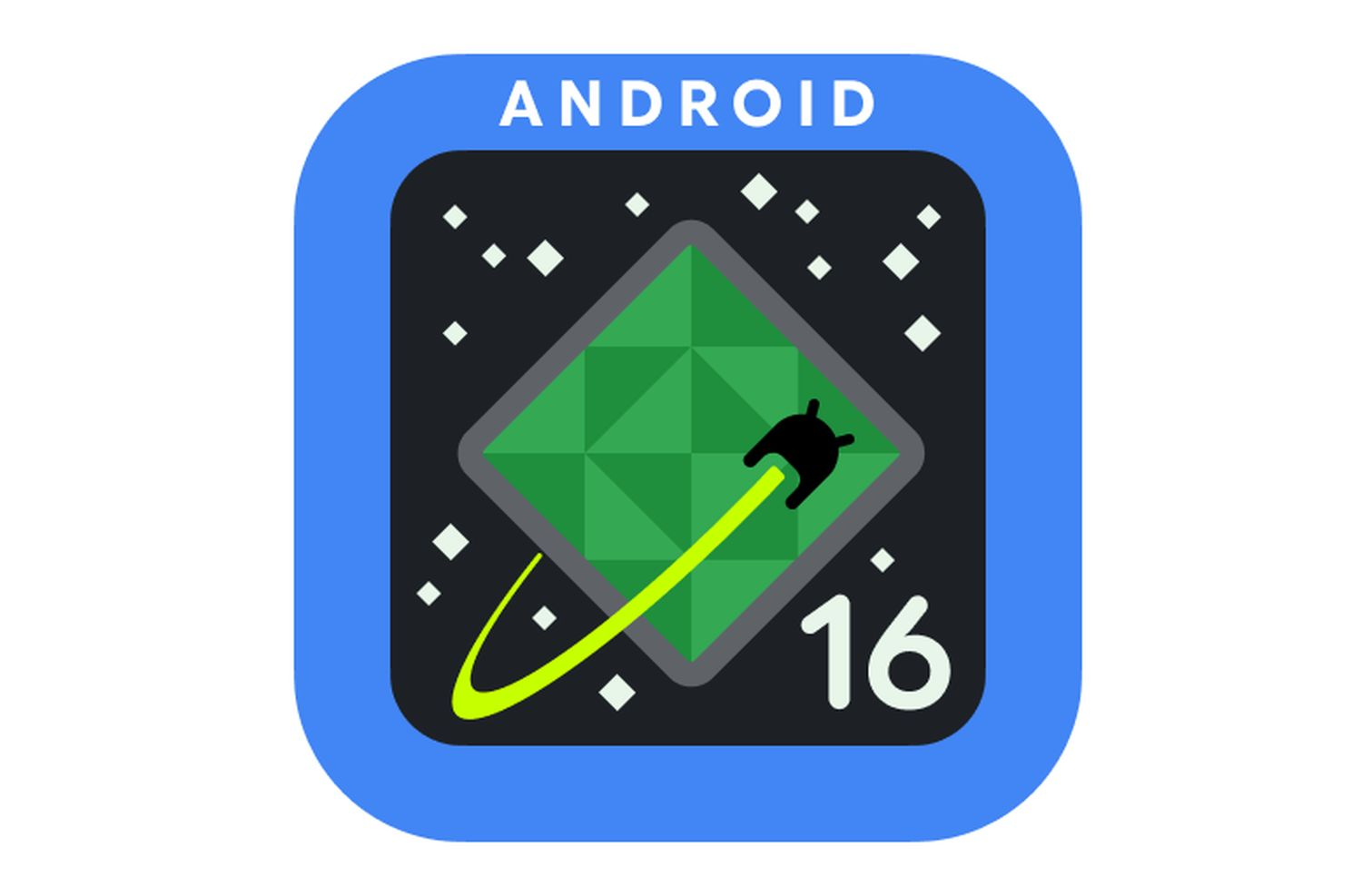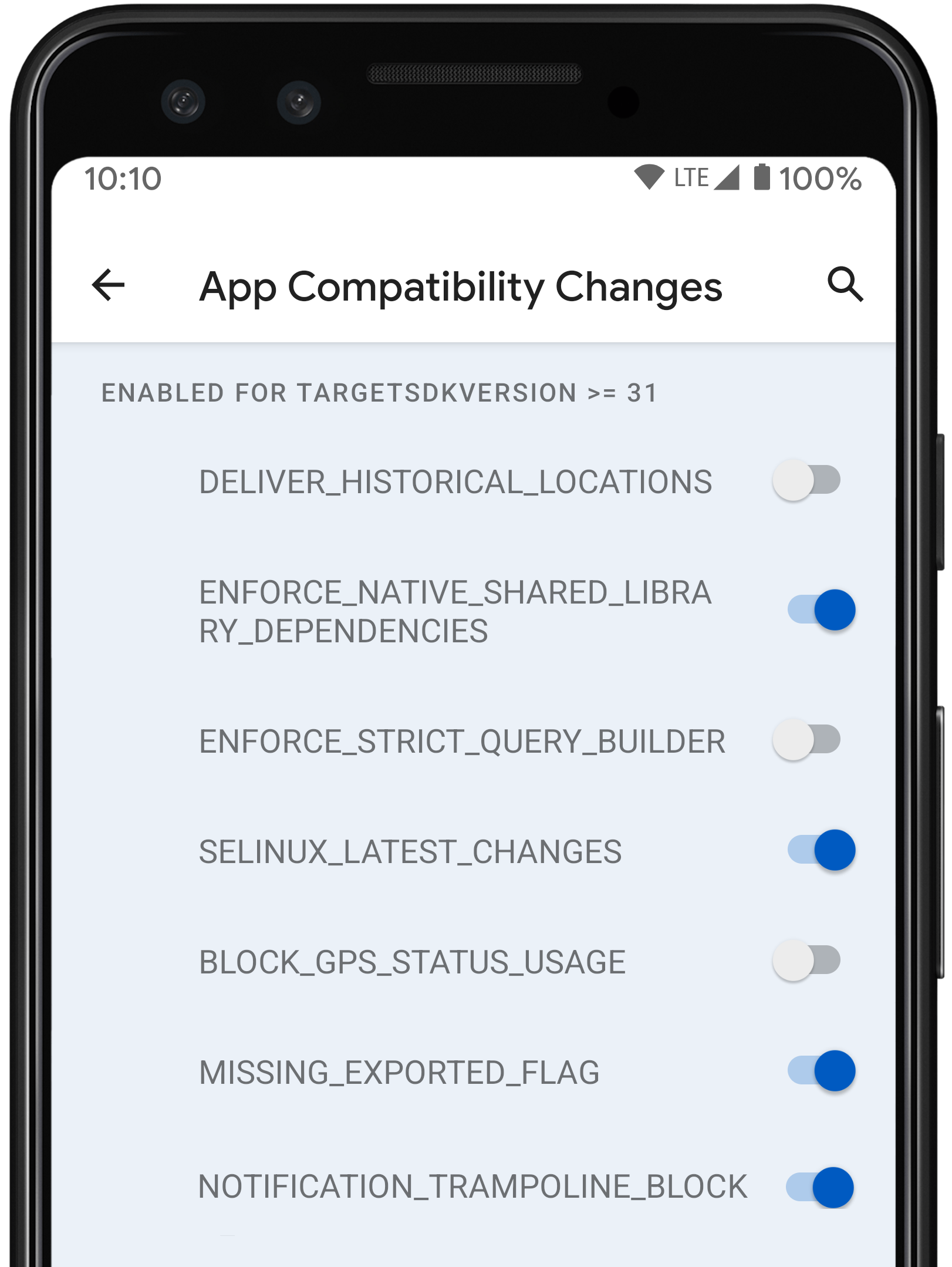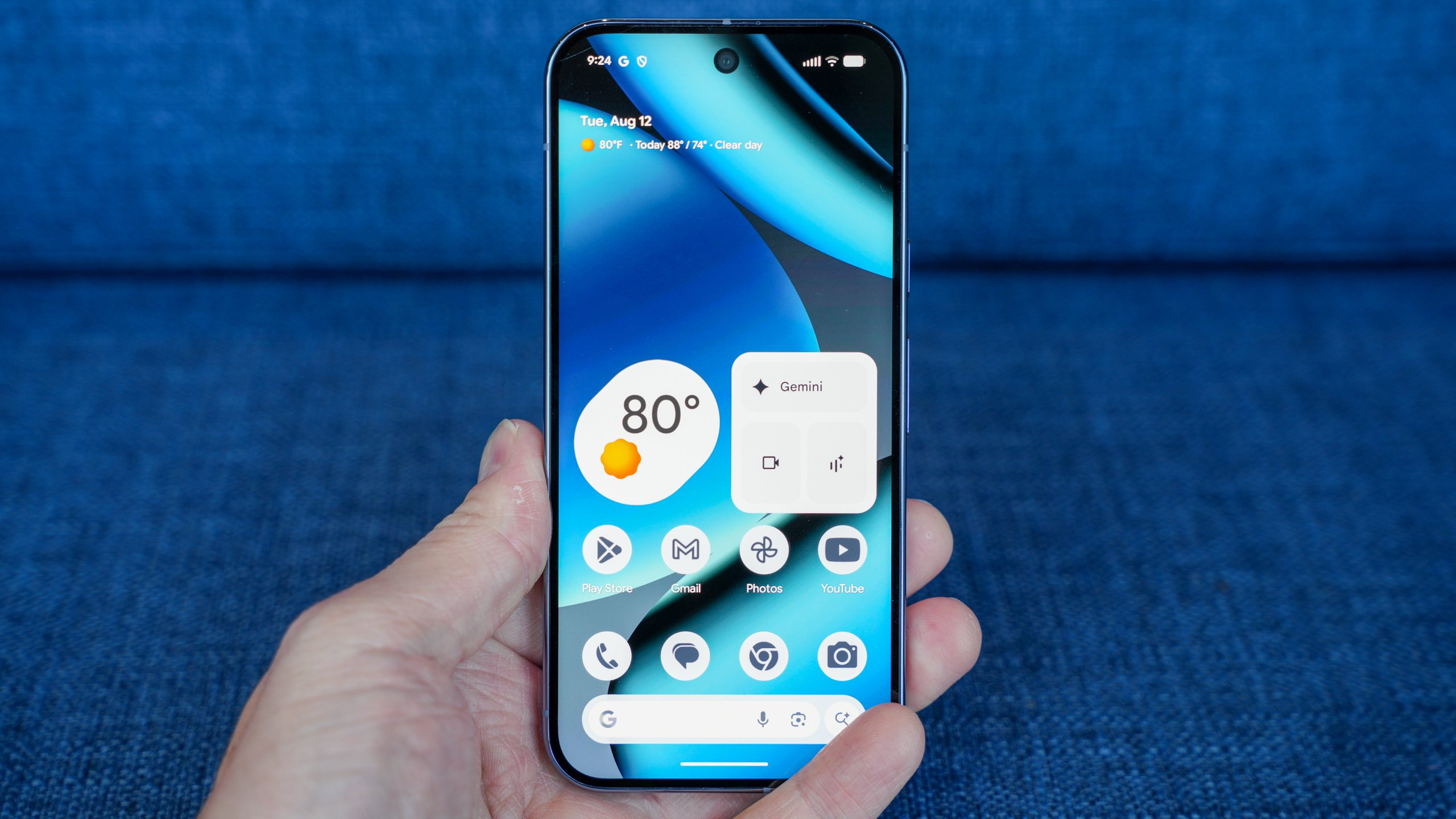Android 16 Beta 4 has recently made waves in the tech community as Google unveiled this significant update, which is being hailed as the final scheduled release in the Android 16 beta program. This beta marks a pivotal moment, not just for Pixel devices, but for an array of supported third-party devices, showcasing Google’s commitment to broadening the reach of Android 16 features. With improvements fine-tuned over several beta testing phases, this update brings developers closer to launching their apps targeting Android 16 on Google Play. Google’s emphasis on platform stability in Android 16 Beta 4 indicates a robust suite of features and optimizations ready for deployment. Key adjustments, including enhancements to app functionality and performance, posit this version as a blend of innovation and reliability for developers and consumers alike.
The latest iteration in Google’s Android journey, dubbed Android 16 Beta 4, represents a crucial advancement as part of their ongoing Android updates. This release, which comes on the heels of a systematic beta testing phase, provides developers a chance to explore the finalized APIs and behaviors. Offering essential upgrades alongside a host of new capabilities, this update allows the creative expansion of applications tailored for Android 16. As excitement builds for the upcoming Google Pixel release, the broader implications of this version for adaptive layouts and multimedia support cannot be understated. Engaging in the Android developer program, developers will find invaluable tools at their disposal to leverage the latest features in their app development processes.
Understanding Android 16 Beta 4: Key Highlights
Google’s recent announcement of Android 16 Beta 4 marks a pivotal moment in the Android ecosystem. As the last scheduled update in the beta program, this release signifies a crucial step towards the final rollout of the Android 16 version. With significant backend enhancements and bug fixes, the beta is not limited to Pixel devices, allowing a wider array of devices from manufacturers including Honor and OnePlus to participate in this testing phase. This expansion aims to refine user experience across diverse smartphones and tablets, providing developers with ample time to adapt their applications for the stable release.
The inclusion of developer APIs and finalized app-facing behaviors is particularly noteworthy for developers. As per Matthew McCullough’s remarks, the availability of this beta signalizes a transition point where developers can confidently target Android 16 and upload their creations to the Google Play store. This transition is liberating, enhancing the app landscape significantly as developers gear up to make their apps compatible with Android’s latest iteration.
The Rapid Evolution of Android 16 Features
Despite the absence of groundbreaking new features in Android 16, the evolution of its existing capabilities demonstrates Google’s commitment to enhancing the overall user experience. The updates emphasize adaptive layout design, improvements to the native photo picker, and support for the Advanced Professional Video codec, showcasing Google’s ambition to cater to a diverse user base and their varied device specifications. By ensuring these core functionalities are robust, developers are empowered to create richer, more immersive applications that leverage these enhancements.
Moreover, performance and efficiency upgrades within Android 16 are vital for maintaining the platform’s competitive edge. Features such as predictive back support and local network protection serve to bolster user security and convenience, transforming how users interact with their devices. Such enhancements are integral for ensuring apps not only perform well but do so securely, addressing the growing concerns of data privacy among users.
The Future of Android Development with Android 16
The Android developer program is poised for transformative growth with the introduction of Android 16. As developers transition to using Android Studio Narwhal in the Canary build, they can take advantage of innovative tools and resources designed to streamline app development. This 2025 SDK release not only paves the way for a minor Android API update later this year, featuring optimizations and essential fixes, but also sets the stage for future quarterly updates that will ensure continuous improvement and support for developers.
Replacing previous practices with a more agile release cycle, Google’s strategy highlights a commitment to minimizing disruption while maximizing developer accessibility. This proactive approach means developers can align their timelines with Android updates effectively, resulting in a more cohesive application ecosystem. As such, the upcoming changes foreshadow a more collaborative development environment, ultimately benefiting both developers and users alike.
What’s New in Android 16: Enhancements and Optimizations
With Android 16 Beta 4 comes a suite of enhancements tailored to improve the overall functionality and efficiency of devices. The platform introduces updates aimed at various form factors – an essential move in today’s diverse device landscape. Improvements in adaptive layouts are particularly significant, ensuring that apps respond seamlessly across different screen sizes and orientations, which is increasingly critical as users switch between smartphones, tablets, and larger screens.
Additional features such as the advanced haptic feedback and improvements in local network protection broaden the platform’s appeal further. These enhancements not only cater to user experience but also provide developers with advanced capabilities to explore when designing their applications. The overall stability and performance upgrades within Android 16 ensure that developers will have a secure foundation upon which to build their next generation of mobile applications.
Google Pixel Release and Android 16 Compatibility
The rollout of Android 16 Beta 4 aligns with the availability of the new Pixel 9a, highlighting Google’s strategy to provide updated experiences across its flagship devices. As more third-party brands, such as Xiaomi and OPPO, join the Android 16 compatibility fold, the ecosystem becomes even richer for users across different platforms. This inclusivity reflects Google’s vision of a cohesive operating system that caters to a wide audience, helping enhance user satisfaction.
This optimized environment for Android 16 marks a substantial milestone for Pixel users specifically. With every update, including the ones seen in Android 16 Beta 4, users benefit from not just performance and security upgrades but also new features tailored to enhance their device’s capabilities. As Google continues to refine the experience, developers are also encouraged to tap into the rich possibilities that Android 16 presents, fostering innovation across the application landscape.
Navigating Beta Testing with Android 16
Beta testing is a critical phase in the development of Android 16, allowing developers to encounter and fix issues before the final public release. As Google opens its beta program to a wider array of devices beyond Pixels, the influx of feedback from diverse hardware configurations enhances the testing process. This collaborative effort is essential, contributing to a more stable and polished final product, as developers work closely with Google to identify and resolve any lingering bugs or performance hiccups.
The feedback received from beta testing is invaluable—not only does it inform developers about potential issues, but it also presents insights into how applications perform under various conditions. For those involved in the Android developer program, engaging in beta testing with Android 16 offers a streamlined path to tap into the latest features and optimizations, ensuring their apps are ready for the public once the formal release occurs.
Preparing for Android 16: Essential Tips for Developers
As developers gear up for the full release of Android 16, there are several critical steps they can take to ensure their applications are prepared for the transition. Staying alert to the latest updates from the Android Developers website is key, as it provides essential information regarding changes to APIs and features that impact app functionality. Ensuring that applications are designed to adapt seamlessly with the latest enhancements will be beneficial for maintaining a competitive edge.
Another significant recommendation is to leverage the tools available within Android Studio Narwhal. This version offers advanced features that facilitate smoother testing and deployment processes. By anticipating user needs and integrating new capabilities such as the Advanced Professional Video codec, developers can enrich the user experience and stand out in a crowded marketplace as Android 16 launches.
Android 16 Beta: Insights and Expectations for the Future
As we look ahead, Android 16 Beta 4 showcases Google’s dedication to refining its operating system based on developer and user feedback. With insights gained from this beta testing phase, Google aims to strengthen Android’s foundation and introduce features that resonate directly with user needs and industry trends. The expectation following this particular beta release is a well-rounded launch that combines innovation with stability.
The anticipation surrounding the finalized version of Android 16 stems not only from the improvements made in beta but also from the potential for future incremental updates. Each quarterly release is designed to introduce further optimizations and feature enhancements, ensuring that the platform stays relevant and competitive in an ever-evolving tech landscape. Developers can look forward to these updates as opportunities to continuously enhance their applications and engage users effectively.
Final Thoughts on Android 16 and Its Impact on Mobile Development
In summary, the release of Android 16 Beta 4 signifies a crucial juncture for both developers and users alike. The enhancements and features outlined in this update provide a strong foundation for the final version, while also offering immediate prompts for developers to adapt their applications. As this beta program wraps up, the transition period to the main release will be pivotal for ensuring a seamless experience across the broader Android landscape.
Looking forward, the continuous cycle of updates and enhancements throughout and beyond Android 16 indicates a promising future for mobile development. Google’s commitment to delivering quarterly improvements speaks to a nurturing approach that allows developers to push the boundaries of what is possible in mobile technology, ultimately creating a richer experience for users globally.
Frequently Asked Questions
What are the key features included in Android 16 Beta 4?
Android 16 Beta 4 primarily focuses on stability, finalizing developer APIs and app-facing behaviors. Key improvements include adaptive layout enhancements, upgraded photo picker functionality, support for Advanced Professional Video (APV) codecs, local network protection, predictive back support, and enhanced haptic feedback. This update provides developers everything necessary to finalize their apps for Google Play.
How does the Android 16 Beta 4 affect Google Pixel users?
Android 16 Beta 4 is available for all supported Pixel devices, marking the first time it’s offered for the new Pixel 9a. This update allows Pixel users to take advantage of the latest features and optimizations, improving overall performance and app behavior on their devices.
What is the significance of the Android developer program in relation to Android 16 Beta 4?
The Android developer program plays a crucial role in the release of Android 16 Beta 4, allowing developers to access the latest APIs, finalize their applications, and ensure compatibility with upcoming Android versions. This beta phase ensures that apps are ready for a smooth transition once Android 16 officially launches.
When can we expect the final release of Android 16 after Beta 4?
Google aims to launch the final version of Android 16 in May, likely coinciding with the Google I/O event. Android 16 Beta 4 serves as the last scheduled update in the beta program, indicating that a stable release is on the horizon.
Are there any new features added in Android 16 Beta updates?
While Android 16 Beta 4 does not introduce significant new features, it does stabilize previous updates, offering developers enhancements like adaptive layouts and improved media support. All changes and fixes can be reviewed on the Android Developers website.
Which devices can run Android 16 Beta 4?
Android 16 Beta 4 is supported on all compatible Pixel devices, including the newly released Pixel 9a, as well as various third-party devices from brands like Honor, OnePlus, OPPO, and more, allowing a broad range of users to test the new features.
How can developers begin testing Android 16 Beta 4?
Developers can test Android 16 Beta 4 by downloading it for their compatible Pixel devices or using an Android 16 virtual machine provided through the Android developer tools. This enables them to prepare their applications for the new version and take advantage of its features.
Will Android 16 have ongoing updates after Beta 4?
Yes, after the launch of Android 16, Google plans to release incremental updates, including a minor Android API release in Q4 2025, which will focus on optimizations and bug fixes without disrupting app functionality.
What role do beta testing and feedback play in the Android 16 release cycle?
Beta testing plays a vital role in the Android 16 release cycle by allowing developers and users to provide feedback on performance, features, and stability. This input helps refine the release before the final version is launched, ensuring a better user experience.
What developments can we expect in future Android updates post Android 16?
Post Android 16, Google will continue to release incremental quarterly updates aimed at further optimizing features and enhancing app compatibility. Developers can also look forward to updates available on Android Studio Narwhal to aid in their development efforts.
| Key Points | Details |
|---|---|
| Release Overview | Google released Android 16 Beta 4, marking it as the last scheduled update in the beta program. |
| Support for Devices | Available on all supported Pixel devices and various third-party brands including Honor, OnePlus, and Xiaomi. |
| Developer APIs | Developer APIs and app-facing behaviors are finalized; apps can now be published on Google Play. |
| Improvements and Optimizations | Includes layout enhancements, photo picker improvements, support for APV codec, and various performance upgrades. |
| Release Timeline | Final version expected to launch in May, coinciding with Google I/O announcements. |
| Future Plans | A minor Android API release is scheduled for Q4 2025, along with incremental quarterly updates starting in Q3. |
Summary
Android 16 Beta 4 has been released as the final scheduled update in the beta program, providing developers with the essential tools needed to finalize their applications. With extensive improvements, support across multiple device brands, and a clear release timeline, Google is setting the stage for a successful launch of Android 16. Developers are encouraged to utilize the new features and optimizations to enhance their apps ahead of the final release in May.



